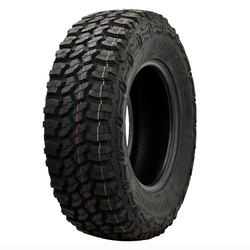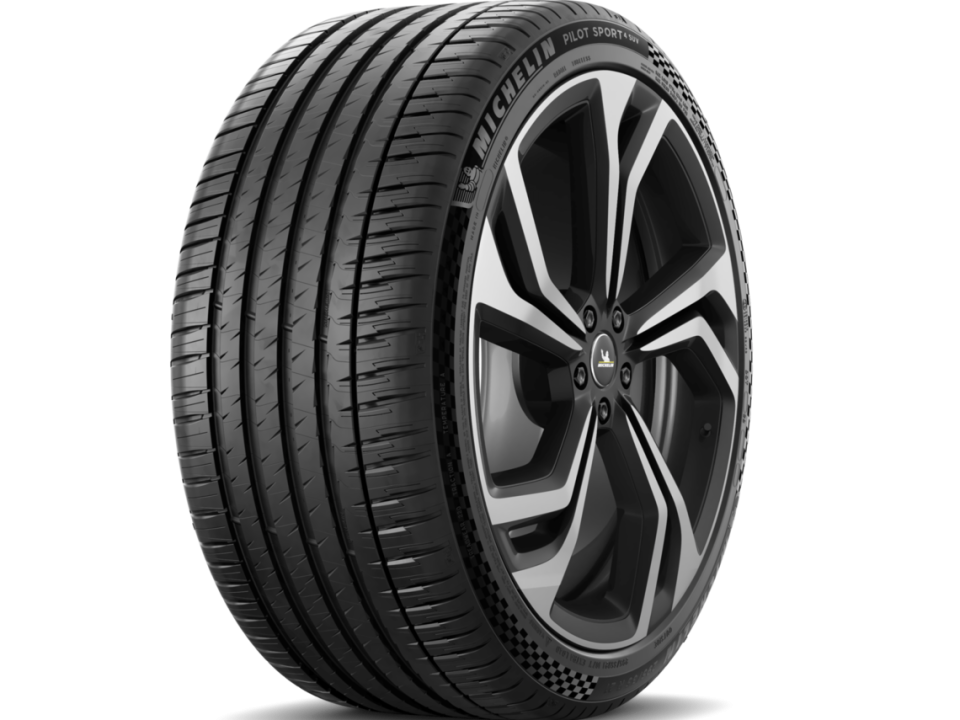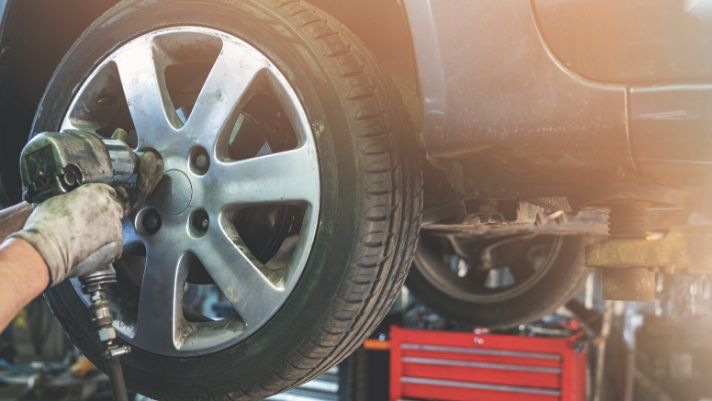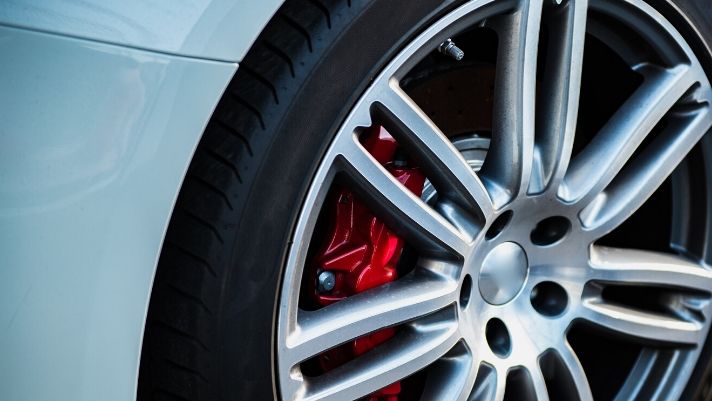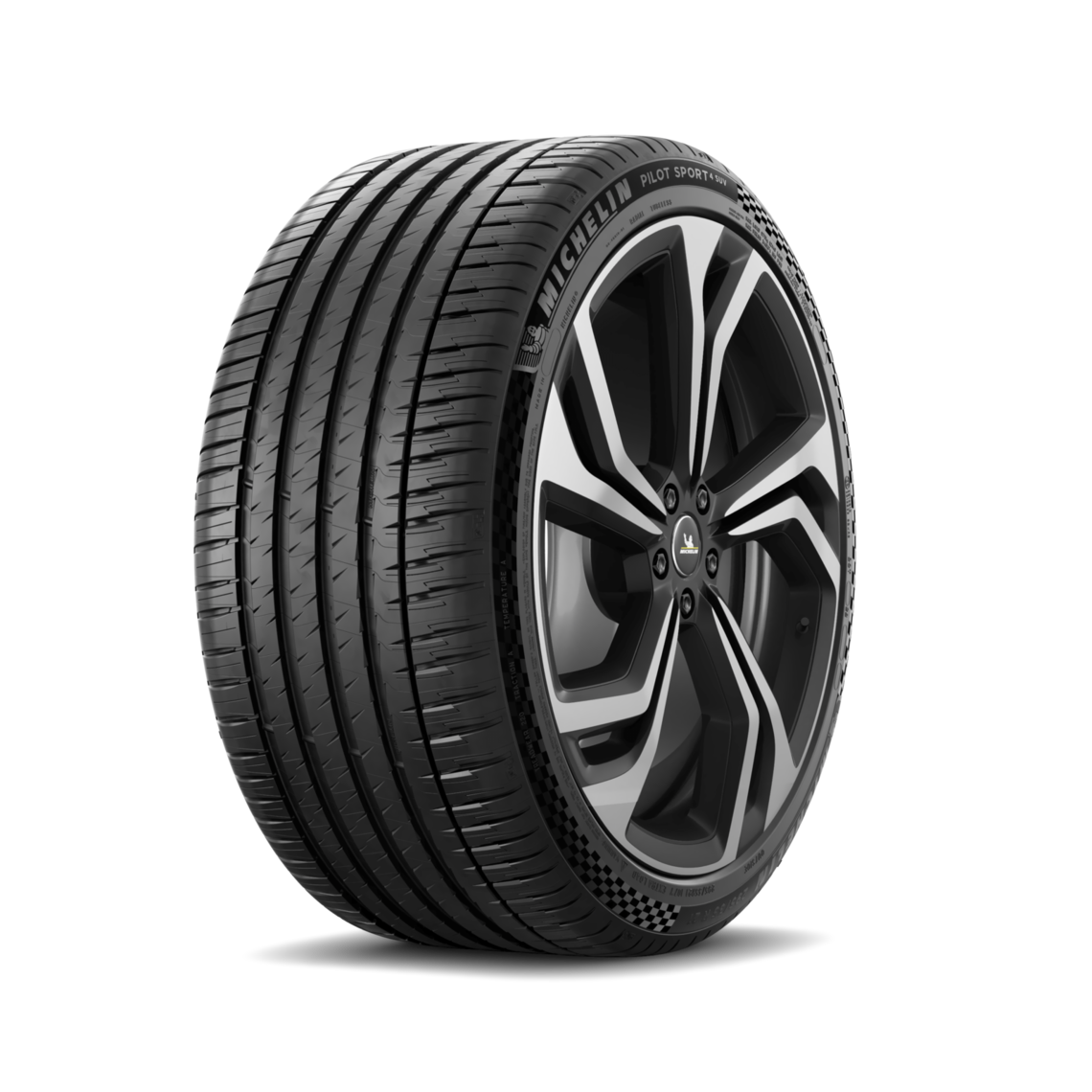
Mastering Car Rim Offset: A Comprehensive Guide for Enhanced Performance and Style
September 3, 2023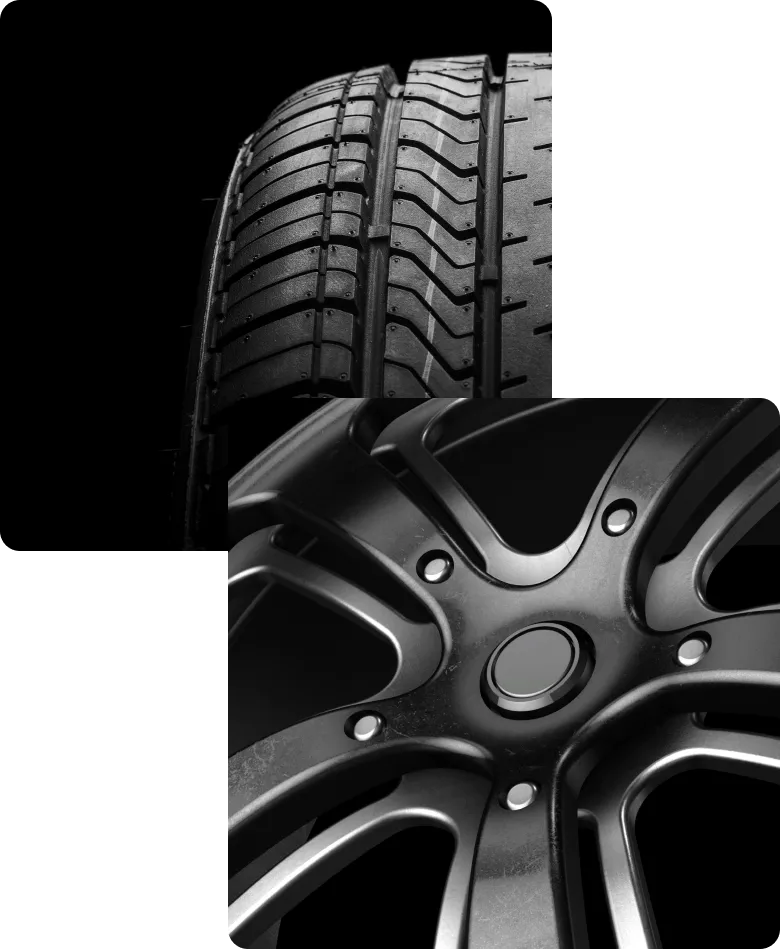
Crafted to Perfection: The Art and Science of Rim Manufacturing and Quality
September 11, 2023- Advanced tire tech
- Cutting-edge tires
- Eco-conscious tire production
- Eco-friendly tire production
- Eco-friendly tire tech
- eco-friendly tires
- Future of tires
- Green tire tech
- How tires are made
- Low rolling resistance
- Modern tire manufacturing
- Quality assurance
- Run-flat tires
- Self-sealing tires
- Smart tire sensors
- Smart tire technology
- Sustainable materials
- Sustainable tire materials
- Tire advancements
- Tire construction
- Tire design
- Tire disposal
- Tire durability
- Tire engineering
- Tire engineering advancements
- Tire engineering insights
- Tire industry innovations
- Tire industry regulations
- Tire industry trends
- Tire innovation
- tire lifespan
- Tire manufacturing
- Tire manufacturing advancements
- Tire manufacturing efficiency
- Tire manufacturing insights
- Tire manufacturing process
- Tire materials
- Tire materials research
- tire performance
- Tire performance optimization
- Tire performance testing
- Tire production
- Tire production efficiency
- Tire production innovations
- Tire production methods
- Tire production process
- Tire production techniques
- Tire production technology
- Tire quality
- Tire quality control
- Tire quality measures
- Tire recycling
- Tire recycling innovations
- tire safety
- Tire safety guidelines
- Tire safety measures
- Tire safety standards
- Tire science
- Tire sustainability
- tire technology
- Tire testing
- Tire tread advancements
- Tire tread and braking performance
- Tire tread and cornering stability
- Tire tread and eco-conscious choices
- Tire tread and environmental impact
- Tire tread and fuel efficiency
- Tire tread and grip
- Tire tread and handling
- Tire tread and heat dissipation
- Tire tread and load-carrying capacity
- Tire tread and noise reduction
- Tire tread and off-road capability
- Tire tread and puncture resistance
- Tire tread and road conditions
- Tire tread and snow performance
- Tire tread and sustainability
- Tire tread and tire alignment
- Tire tread and tire balance
- Tire tread and tire disposal
- Tire tread and tire lifespan
- Tire tread and tire maintenance
- Tire tread and tire recycling
- Tire tread and tire replacement
- Tire tread and tire rotation
- Tire tread and tire safety
- Tire tread and tire technology
- Tire tread and treadwear rating
- Tire tread and wet traction
- Tire tread design
- Tire tread durability
- Tire tread innovations
- Tire tread materials
- Tire tread patterns
- Tire tread quality control
- Tire tread research
- Tire tread safety
- Tire tread technology
How Tires Are Made: The Process, Quality, and Innovation
Tires are an essential part of our daily lives, contributing to our safety, comfort, and mobility. Have you ever wondered how these rubber marvels are made, what goes into ensuring their quality, and the innovative processes that drive the tire industry? In this blog post, we will explore the fascinating world of tire manufacturing, the strict quality standards they adhere to, and the continuous innovations that keep our vehicles rolling smoothly.
The Ingredients: What Makes Up a Tire?
Before diving into the manufacturing process, let’s take a closer look at the raw materials that form the foundation of a tire:
1. Rubber Compounds
Tires are primarily made from rubber compounds. Natural rubber, derived from latex, is often blended with synthetic rubber to achieve the desired balance of durability, flexibility, and grip. These compounds undergo extensive testing to meet specific performance requirements.
2. Fabric Layers
Inside a tire, you’ll find layers of fabric, typically polyester, nylon, or aramid, that provide strength and structure. These layers are coated with rubber to bond them together and enhance their performance.
3. Steel Belts
Steel belts are used to reinforce the tire and improve its strength and durability. They also play a crucial role in maintaining the tire’s shape and contact with the road.
4. Chemical Additives
Various chemical additives, such as sulfur, carbon black, and silica, are incorporated into the rubber compound to enhance specific characteristics like heat resistance, traction, and wear resistance.
5. Sidewalls and Beads
Sidewalls are the tire’s outermost layer, while beads are the inner edges that attach the tire to the wheel rim. Both are constructed using specialized rubber compounds to provide flexibility and strength.
The Tire Manufacturing Process
The production of a tire is a complex and highly automated process that involves multiple stages. Here’s a simplified overview of the tire manufacturing process:
1. Mixing and Compounding
The first step is to mix and compound the rubber and chemical additives. This process is crucial for achieving the desired properties of the tire. The rubber compounds are thoroughly blended to ensure uniformity.
2. Building the Tire
Layers of fabric and steel belts are added to a tire-building machine. These layers are carefully positioned and bonded together using adhesive compounds. This process creates the tire’s basic structure.
3. Curing and Vulcanization
The green tire, as it’s called at this stage, is then cured in a mold under high heat and pressure. This process, known as vulcanization, strengthens the tire and gives it its final shape. It also ensures that the chemical additives react with the rubber to achieve the desired characteristics.
4. Inspection and Quality Control
Each tire undergoes rigorous inspection and quality control checks. Automated machines and skilled technicians examine the tires for defects, ensuring they meet strict safety and performance standards.
5. Tread Design and Grooving
Tires are designed with specific tread patterns and grooves to optimize grip, handling, and water dispersion. These patterns are carefully engineered to suit various road conditions and driving requirements.
6. Final Inspection and Testing
Before leaving the factory, tires undergo a final round of inspection and testing. This includes checks for balance, uniformity, and dynamic performance to guarantee their quality and safety.
Quality Assurance in Tire Manufacturing
Tire manufacturers adhere to stringent quality control processes to produce safe and reliable products. Here are some key aspects of quality assurance in tire manufacturing:
1. Materials Testing
Every batch of raw materials, including rubber compounds and steel, is subjected to extensive testing to ensure it meets the manufacturer’s specifications. This includes tests for strength, elasticity, and chemical composition.
2. Production Control
Manufacturers employ automated systems to monitor and control the various stages of tire production. These systems help maintain consistency and precision throughout the manufacturing process.
3. Endurance Testing
Tires are subjected to rigorous endurance testing to simulate real-world conditions. This includes high-speed testing, road surface simulations, and tests to evaluate performance under extreme temperatures.
4. Safety Standards
Tires must adhere to safety standards and regulations set by government agencies and industry organizations. These standards cover aspects such as load-carrying capacity, tread depth, and speed ratings.
5. Recall Systems
In the rare event of a manufacturing defect or safety concern, tire manufacturers have recall systems in place to ensure prompt identification and resolution of issues.
Innovations in Tire Technology
The tire industry is continually evolving, driven by advancements in technology and a commitment to improving safety and sustainability. Here are some of the notable innovations in tire technology:
1. Run-Flat Tires
Run-flat tires are designed to allow a vehicle to continue driving even after a puncture. These tires feature reinforced sidewalls that support the vehicle’s weight, reducing the need for an immediate tire change.
2. Self-Sealing Tires
Self-sealing tires contain a special lining that can seal small punctures, preventing air loss and the need for immediate repairs.
3. Low Rolling Resistance Tires
Low rolling resistance tires are designed to reduce friction with the road, resulting in improved fuel efficiency and reduced carbon emissions.
4. Smart Tires
Advancements in tire sensor technology allow for the monitoring of tire pressure, temperature, and tread wear in real-time. This data can be transmitted to the vehicle’s onboard computer, enhancing safety and performance.
5. Eco-Friendly Tires
Tire manufacturers are increasingly focused on developing eco-friendly tires that use sustainable materials and reduce the environmental impact of tire production and disposal.
In Conclusion
Tires are far more than just round rubber objects on our vehicles; they are the result of a sophisticated manufacturing process that combines science, engineering, and innovation. The quality and safety of tires are paramount, ensuring that we can confidently navigate roads in various conditions.
As tire technology continues to advance, we can look forward to even safer, more efficient, and environmentally friendly tires in the future. The next time you hit the road, take a moment to appreciate the engineering marvel beneath your vehicle – the humble tire that keeps you moving forward.
